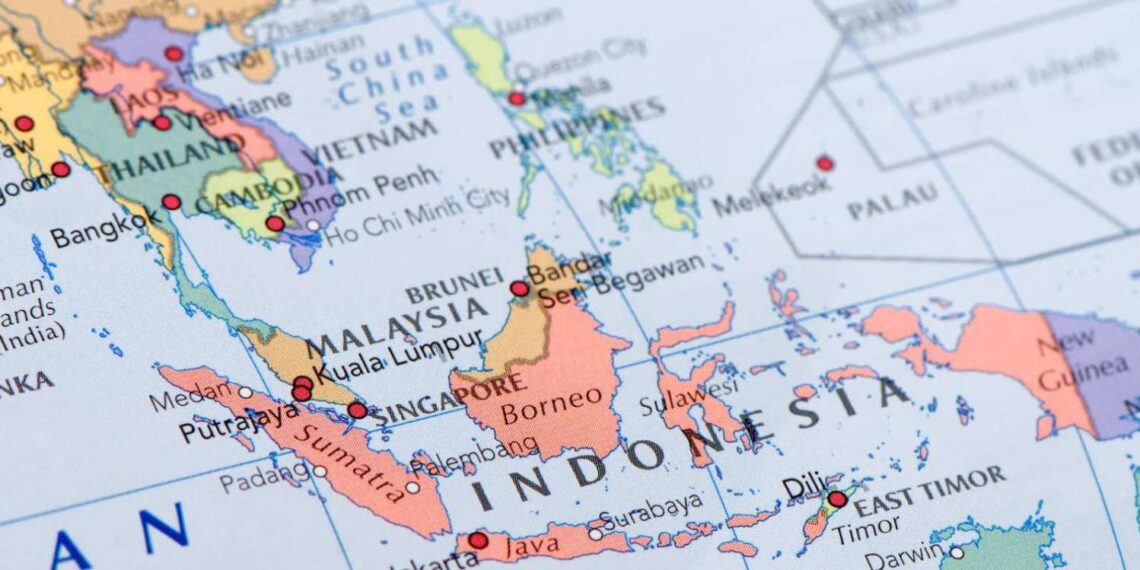No products in the basket.
A new study led by a Singapore-based think tank projects that the GDP for the ASEAN six (Indonesia, Malaysia, the Philippines, Singapore, Thailand, and Vietnam) will increase by an average of 5.1% annually until 2034, surpassing China’s projected growth of 3.5% to 4.5%.
- The GDP of the ASEAN six is expected to grow at an average of 5.1% annually until 2034, surpassing China’s projected growth.
- Southeast Asia is anticipated to outpace China in economic growth and foreign direct investments over the next decade.
- The region is set to benefit from demographic growth and global supply chain shifts, according to a new study by Angsana Council, Bain & Co., and DBS Bank.
The report, titled “Navigating High Winds: Southeast Asia Outlook 2024 – 2034“, forecasts that the GDP of the top six economies in Southeast Asia (SEA-6) will grow at an annual average rate of 5.1%, with Vietnam and the Philippines leading the region’s growth and each exceeding 6%.
Summary
The report projects that Southeast Asia’s GDP will outpace China’s growth over the next ten years, driven by strong domestic demand and companies diversifying production beyond China. Southeast Asia is expected to attract more foreign direct investment (FDI) than China, with China itself becoming a major investor in the region. The report highlights key growth sectors like electric vehicles, semiconductors, and data centers, and emphasizes the importance of sustainable energy infrastructure in attracting high-quality FDI.
Key Points
Economic Projections
- Southeast Asia’s GDP is expected to grow by an average of 5.1% annually until 2034, outpacing China’s projected growth of 3.5% to 4.5%
- Vietnam is expected to lead with 6.6% GDP growth, followed by the Philippines at 6.1%, while Singapore is projected to grow the slowest at 2.5%
- Southeast Asia is likely to attract more foreign direct investment (FDI) than China, with FDI inflows totaling $206 billion in 2023 compared to $42.7 billion for China
Drivers of Growth
- Strong domestic demand and companies diversifying production beyond China are driving the region’s economic growth
- Multinational investments will be highly contested, with competition between countries improving outcomes for both businesses and consumers
- China is likely to become the largest investor in the region, as Chinese investors look to move offshore to bypass tariff restrictions and security concerns
Emerging Sectors
- Thailand and Indonesia are emerging as regional hubs for electric vehicle supply chains
- Malaysia, Singapore, and Vietnam are expanding semiconductor production across different parts of the value chain
- The region is benefiting from a boom in data center investments
Importance of Sustainable Energy
- Low-cost labor, subsidized land, and tax holidays will not drive high-quality FDI in the long run
- The availability of low-cost, reliable green energy will become a major driver for attracting FDI, as global companies push for decarbonization
- Southeast Asia has traditionally relied on gas and coal, and has the lowest level of solar and wind power investment globally
Discover more from Thailand Business News
Subscribe to get the latest posts sent to your email.














